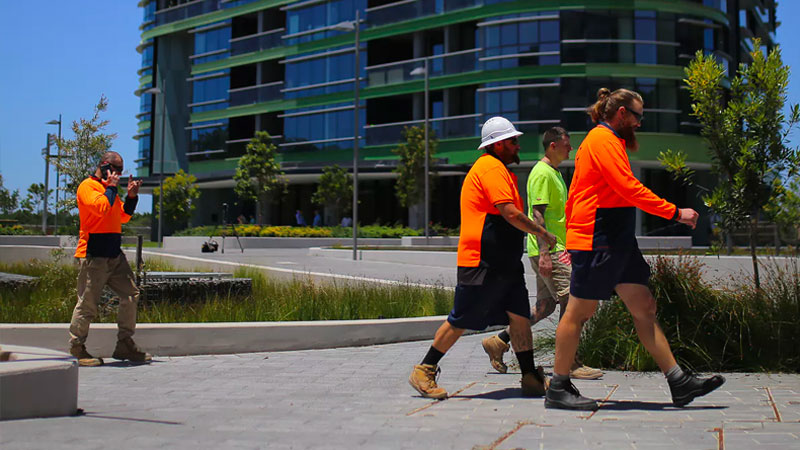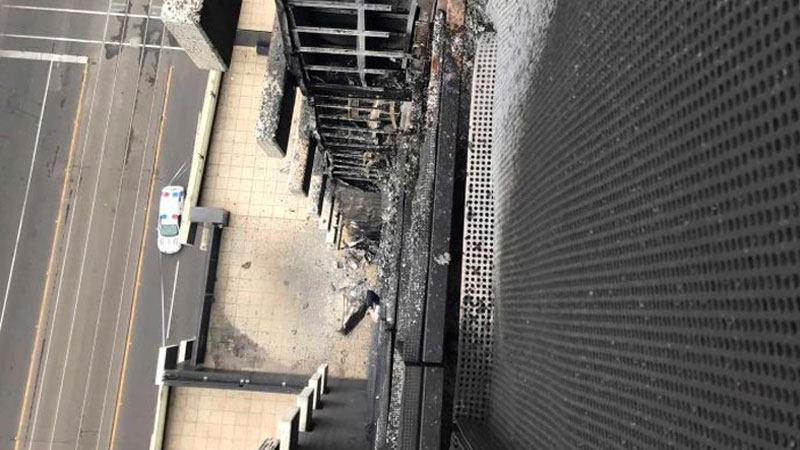Homeowners Fork Out $10bn to Repair Defects
Building defects have cost new home owners a staggering $10.5 billion throughout the past decade, new research has found.
While developers have argued that the structural failures that triggered cracks in precast concrete panels in the Sydney Olympic Park's Opal Tower on Christmas Eve are an isolated occurrence, building defects are now becoming all too common in Australian construction.
The high-profile failures at Opal Tower and Mascot Tower has brought to light the shortcomings in Australian and the lack of protections for the consumers who buy them.
A national survey undertaken by financial research and comparison group Mozo has found most new and newly renovated apartment and house owners surveyed have been plagued by defects that have cost them $6,434 and $5,839 respectively.
While tracking buildings with defects is a hard task — with owners often subject to private settlements that demand confidentiality — Mozo surveyed over 1,000 Australian property owners between July and August to gauge the current climate.
Apartment owners said in the Mozo survey they were “slugged with strata special levies” or had to contribute to a sinking fund to remedy continuing issues within buildings.

Across Australian cities the most common defects were water leaks, cracking to internal or external structures, water penetration from the outside, guttering faults, tiling problems and defective plumbing.
The report also found most new and newly renovated apartment and house owners surveyed have been plagued by defects that have cost them $6,434 and $5,839 respectively.
While the average cost of apartment repairs was $6,434, Mozo found that 74 per cent of owners had paid up to $5,000 for repairs, while 4 per cent of owners paid more than $50,000 each.
With 670,197 apartments completed in the past 10 years, Mozo estimates buyers have had to pay out $4.3 billion on repairs.
House owners fared better with 68 per cent of of owners paying up to $5,000 to correct defects, but 5 per cent of these owners still had to pay more than $20,000 for repairs.
Mozo estimates that with 1,059,913 4 houses completed over the past decade, buyers have had to pay $6.2 billion on repairs.
Nearly 60 per cent of apartment repairs were completed in under three months but 21 per cent had to wait up to 6 months and 9 per cent are still waiting for the defects to be fixed.
Nearly 20 per cent of respondents said their apartment was a different size to the plan and 8 per cent were left dealing with the builder changing the finishes during construction.

“A construction boom that saw some developers and builders cut corners to meet demand coupled with the weakening of regulatory oversight has seen defects rain down on homeowners,” Mozo property expert Steve Jovcevski said.
“Whether you are buying a new apartment or a new house you should budget for repairs for the most common defects that plague properties.
“Don’t assume you’ll escape these problems, because you won’t. If you are still waiting to have your apartment or house repaired, it’s time to act.”
A recent study by Deakin University and Griffith University looking at 212 building defect reports from NSW, Queensland and Victoria found that building fabric and cladding were the most common problems followed by fire protection, waterproofing, roof and rainwater disposal and structural faults.
A report by the CFMEU recently found residential apartment defects including combustible cladding is likely to cost $6.2 billion to repair.
Australia's two biggest housing markets, NSW and Victoria, have begun to enact reforms to fix the systemic failures within the construction industry.
The NSW government has appointed David Chandler as the state's first building commissioner while the Victorian government has appointing Dan O’Brien as head of Cladding Safety Victoria, the agency overseeing the state's $600 million cladding rectification fund.














